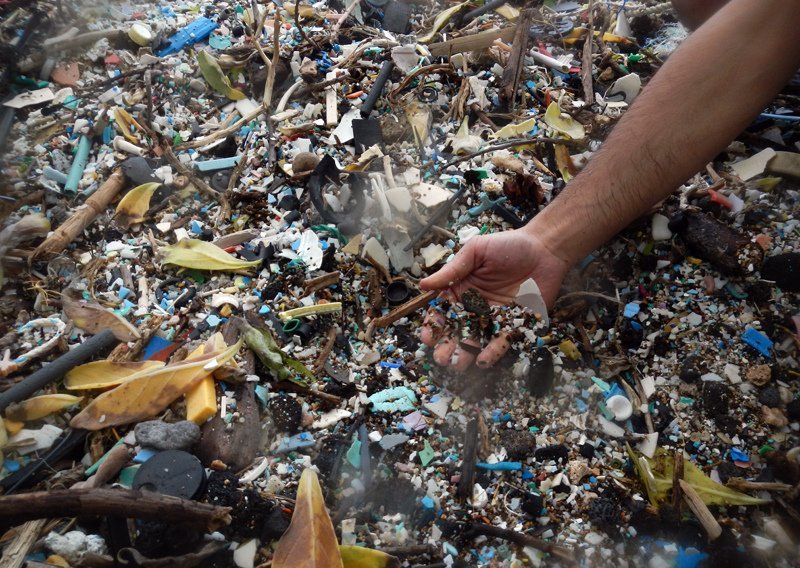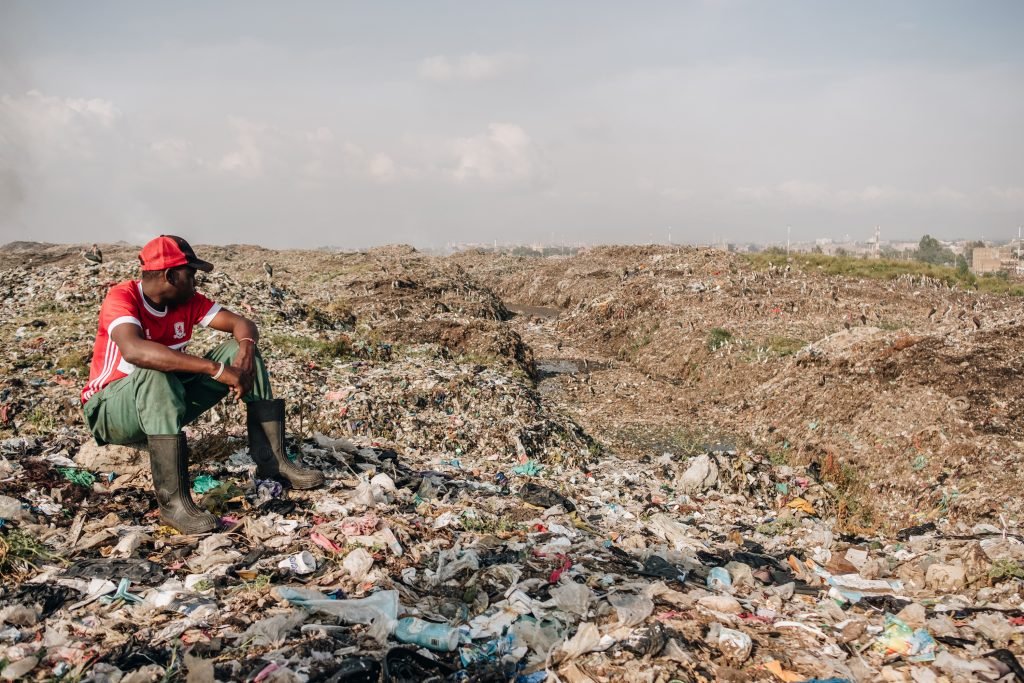One of the contributions to leading adverse effects on the environment is from plastic toys which are non biodegradable and can be found anywhere around the globe, be it ocean or land. The toy industry is massive. It hit $20.36 billion in sales in 2019 and shows no sign of slowing down ― nor does the negative impact it’s having on the environment.
380 million tons of plastic waste is annually generated across the globe, scientific reports have estimated that only 9% of all plastic ever produced has been recycled and 91% has ended up in landfills, incinerated, or in the environment, including the oceans.
Our research came out to an estimate that 1,402 tons of the children’s plastic toys sold last year alone in the U.K. and will end up littered within 50km of the coastline in the U.K. at the end of their life cycle in 2, 5 or 10 years. If half of that was to end up in the sea, that would be 701 tones or to use the London bus analogy, that’s the same weight as 58 London buses.
The primary issue with the high number of toys produced is the fact that due to the nature of the materials and their construction, the vast majority of these toys cannot be recycled. Few of the reasons why plastic toys are so popular are because;

- Durable
Plastic toys are far more durable than wooden toys and can be bent, twisted and quite often stamped on before any severe damage happens to them.
- Sturdy
Children love plastic toys for their ability to bounce back, and withstand plenty of abuse and provide hours of fun to children.
- Less maintenance
Plastic toys have low maintenance wherein wooden toys are gorgeous and gaining in popularity still, being a natural substance wood is always prone to rotting if not appropriately maintained and can cause split and splinter, leaving children at risk from injury.
- Washable
Another benefit of plastic toys over some materials, such as wood, is that plastic toys are washable toys. If the toys get dirty with mud or other delights, you can wipe their toys clean. It requires only a damp cloth, and the toys are as good as new. Plastic toys are not only long-lasting, but also minimize the risk of transferring dirt and germs from washable toys onto your children’s hands, or around the house.

In conclusion, yes plastic toys are damaging to the environment. Even though they have a longer life cycle than single-use plastic, they will at some point end up in a landfill — or worse in the sea as non-recyclable waste.
The only way to eliminate or at least reduce the use of toxic plastic and move towards a sustainable alternative to plastic toys is using biodegradable toys like what we at shape of life have created.
We have redesigned conventional educational toys into an exclusive biodegradable handcrafted puzzle. We have taken utmost care while choosing materials to create our line of DIY Educational Toys.

